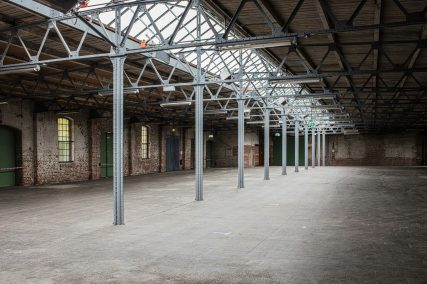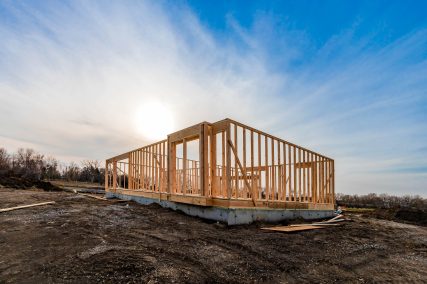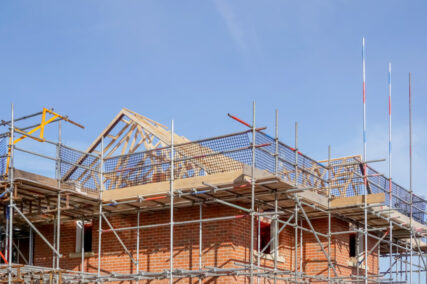How to manage a refurbishment property investment?
Managing a refurbishment property investment can involve several tasks, including:
- Planning: Developing a clear plan for the renovation project is essential for success. This includes setting a budget, establishing timelines, and identifying the scope of work.
- Renovation management: This involves overseeing the renovation work, ensuring that the work is being done according to plan, and managing the contractors and subcontractors involved in the project.
- Property management: Once the renovation is complete, the property will need to be managed, whether it is being rented out or sold. This involves tasks such as finding tenants or buyers, handling maintenance and repairs, and ensuring that rent or mortgage payments are collected on time.
- Financial management: It is important to track the financials of the investment, including income and expenses, to ensure that the investment is profitable.
- Legal compliance: Investors must ensure that the property is in compliance with all relevant regulations and laws, such as planning laws, building regulations, and health and safety regulations.
To manage a refurbishment property investment effectively, it is essential to have a thorough understanding of the investment and the market. It may be helpful to work with experienced professionals, such as real estate agents, contractors, property managers, and accountants, to ensure that all aspects of the investment are being managed effectively. Additionally, staying organised, communicating clearly with all parties involved, and adapting to changes as they arise can help investors successfully manage their refurbishment property investment.












